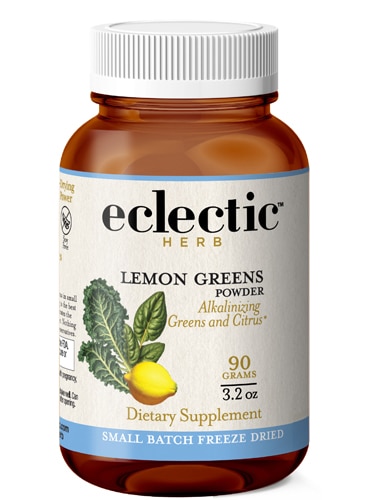If you hate throwing food away, you’ve come to the right article. There are two major ills happening inside most kitchens in this country. First off, half of all US food produce is thrown away, new research suggests. The US Department of Agriculture reports “in 2010 an estimated 133 billion pounds of food from U.S. retail food stores, restaurants, and homes–valued at approximately $161 billion–went uneaten.”
Within the US, discarded food takes up the lion’s share of landfill and incinerators, according to the Environmental Protection Agency. Food waste is a rising source of methane, a far more powerful greenhouse gas than carbon dioxide.
Secondly, despite this overabundance of food, according to a recent study, most children and adults in the U.S. are getting less than the recommended amounts of whole grains and dietary fiber.
Solving the food waste and paucity of fiber problem may come as a surprising twofer. Why not reduce your food-waste footprint and simultaneously increase your fiber intake? If you commit to using every part of your fruit and vegetable, or at least upping the percentage of produce you consume, you’ll elegantly solve two major problems in one deft swoop.
For some creative tips for getting started, I talked to Tiffany Swan, the Executive Chef of the California ski resort Squaw Valley and Alpine Meadows, who recently launched the MTN ROOTS food trucks as way to express her passion for fresh, local and sustainable cuisine.
Don’t waste your carrot tops
“Using your favorite pesto recipe, replace the basil with the carrot tops. You can dip your carrots (grilled or raw) into the pesto or serve as you might normally on top of your pasta, or as a dip for bread. I like to thin the pesto out with a little olive oil and use it as a salad dressing.
To keep your carrots fresher longer, remove the tops as soon as you bring the carrots home from the market – they pull moisture out of the root and make the carrots go limp faster,” Swan says.
Save your watermelon rinds
“You may already be familiar with pickled watermelon rinds, but you can also turn them into chutney (cook with vinegar, sugar and spices), run the rinds through your juicer (along with some reserved watermelon flesh, mint and lime for a refreshing summer treat), or use rinds as a replacement for cucumber in your favorite gazpacho recipe,” Swan says.
Use leftover herbs to flavor oil
Is your summer herb garden out of control or have a bunch of herb stems leftover from a recipe? Here’s how to make an herb oil for a taste of summer all year long.
“Blanch and shock the herbs you want to use, stems and all, by dropping them into a pot of salted boiling water for 10 seconds. Then quickly transfer the herbs to an ice bath. This both retains the bright green color, but also kills any germs we don’t want growing in the oil. Next blend the herbs with some olive oil until smooth. Let the mixture steep overnight, and then strain, pour into a pretty bottle and seal tightly,” Swan says.
Five ways to make use of leftover juiced pulp
Have you started juicing? You can use the pulp from juiced produce to lend essential fiber, key nutritional value, and satisfying texture to a range of dishes.
Add fruit pulp to liven up oatmeal, pie fillings, or smoothies.
Add vegetable pulp to chopped salads to add variety and flavor.
Add fruit or vegetable pulp to breads and baked goods to add fiber and nutrients.
Add vegetable pulp to broths, soups and stews to enrich and add body.
And pulp to homemade veggie burgers for better consistency.
The ideas above are some general uses for pulp—but these are just to get you thinking. Let your imagination run free when it comes to discovering other smart ways to integrate pulp into your favorite recipes.
Editor’s note: For more tips and tricks for reducing food waste (and creative ways to use fruit and veg that are "on the edge"), check out our Zero Hunger, Zero Waste initiative.




